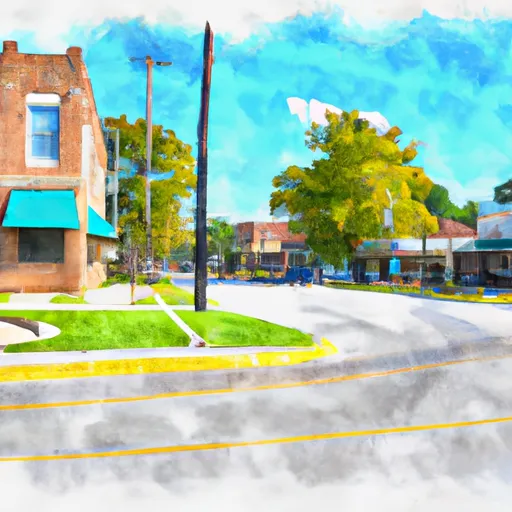°F
°F
mph
Windspeed
%
Humidity











Chesterfield, Indiana is a small town located in Madison County in central Indiana. The climate in Chesterfield is classified as humid continental, with hot summers and cold winters. The area experiences an average of 42 inches of rainfall per year, and snowfall in the winter months. The town is situated along the White River, which provides hydrology constituents for the area. Outdoor recreation opportunities in the area include hiking and biking trails along the White River Greenway, fishing and boating on the river, and several local parks such as Chesterfield Community Park and Mounds State Park. Overall, Chesterfield offers a quaint small-town atmosphere with easy access to nature and outdoor activities.
Weather Forecast
Chesterfield receives approximately 1049mm of rain per year, with humidity levels near 83% and air temperatures averaging around 11°C. Chesterfield has a plant hardyness factor of 6, meaning plants and agriculture in this region thrive during a short period during spring and early summer. Most plants will die off during the colder winter months.
Regional Streamflow Levels
23
Cubic Feet Per Second
156
Cubic Feet Per Second
27
Cubic Feet Per Second
220
Cubic Feet Per Second
Nearby Camping
| Camping Area | Reservations | Toilets | Showers |
|---|---|---|---|
| Muscatatuck | |||
| Clifty Falls State Park | |||
| Kil-So-Quah - J. Edward Roush Lake | |||
| Lost Bridge State Rec Area - Salamonie Lake | |||
| Salamonie State Lake - Lost Bridge West SRA | |||
| Lake Clare Park Camp |



